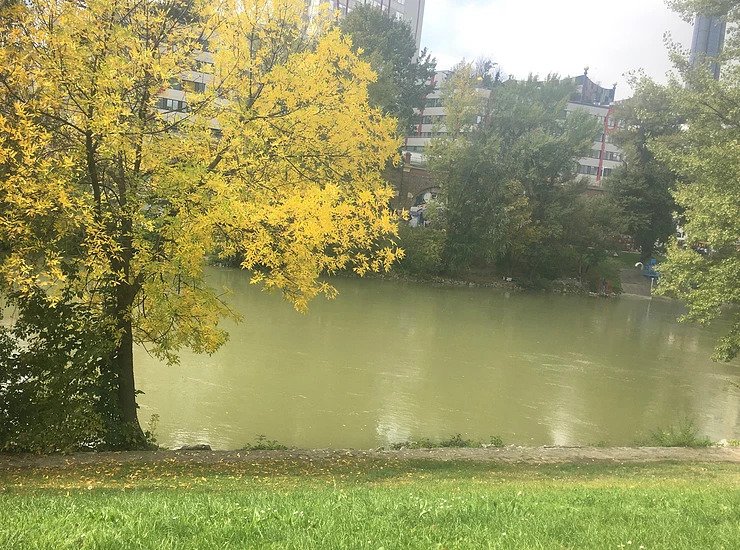“Soon afterward he went to a city called Nain, and his disciples and a great crowd went with him. As he drew near to the gate of the city, behold, a man who had died was being carried out, the only son of his mother, and she was a widow; and a large crowd from the city was with her. And when the Lord saw her, he had compassion on her and said to her, ‘Do not weep.’ And he came and touched the bier, and the bearers stood still. And he said, ‘Young man, I say to you, arise.’ And the dead man sat up, and began to speak. And he gave him to his mother.” (Lk 7: 11-15)
Here’s what this passage brings to my mind: Life-bringing tears, as opposed to death-bringing, self-isolated tears, in which we tend to “drown.” The widow of Nain weeps not in self-isolation, but in community, and before the Lord (I assume she is weeping, because He says, “Do not weep”), and He has “compassion on her,” and raises her son from the dead.
My tears, shed before the Lord, do not bring my beloved deceased ones back to life, in this dramatic way. But I do find that they bring me back to life, from the dark hole that is self-isolated grief, when I step out and let myself grieve before Him and the rest of the living, in community. My living and life-giving Lord, together with others in my midst, are my lifeline, if I let myself grieve among the living. “I shall not die, but live, and proclaim the works of the Lord!” (Ps 117/118: 7)






